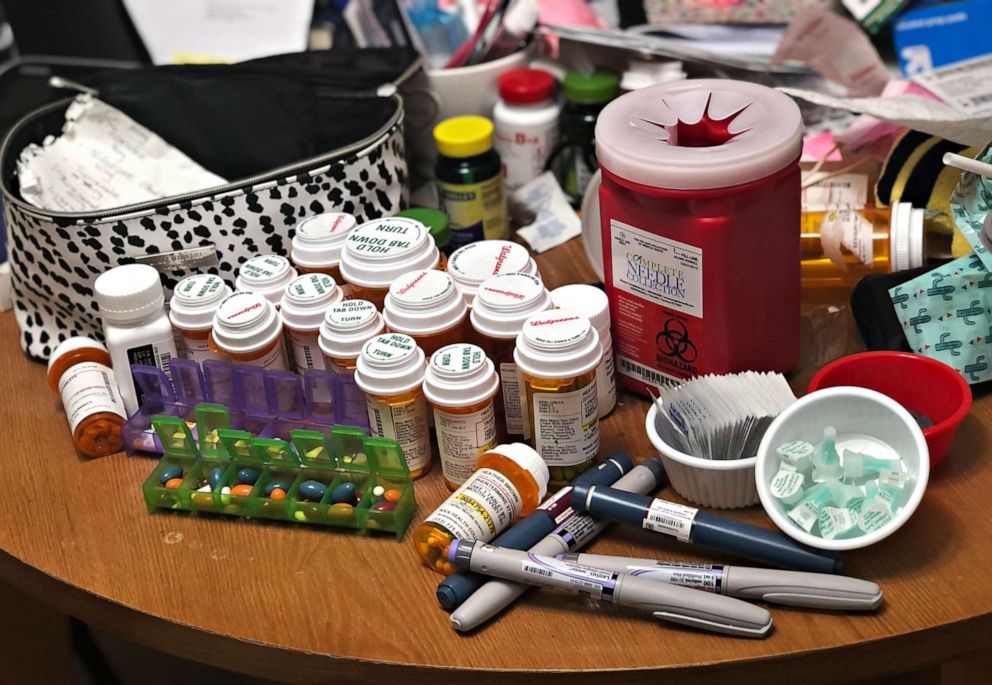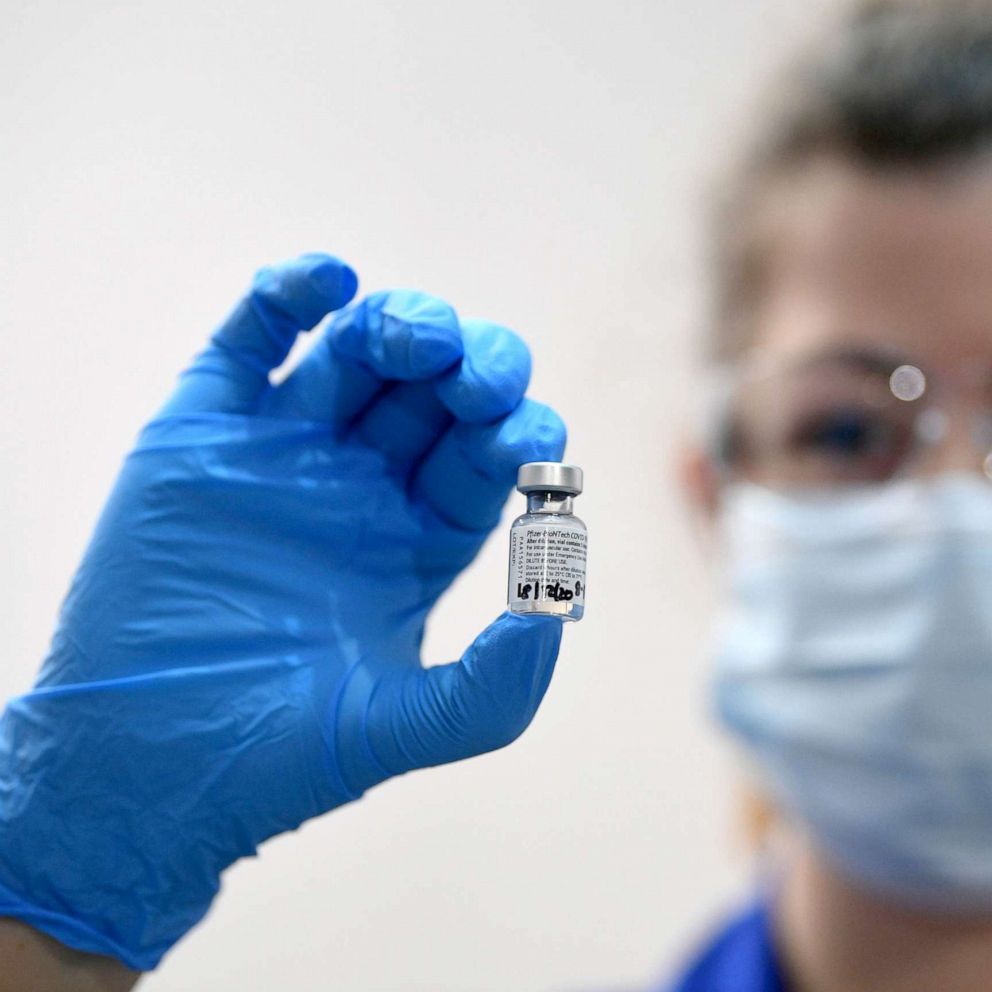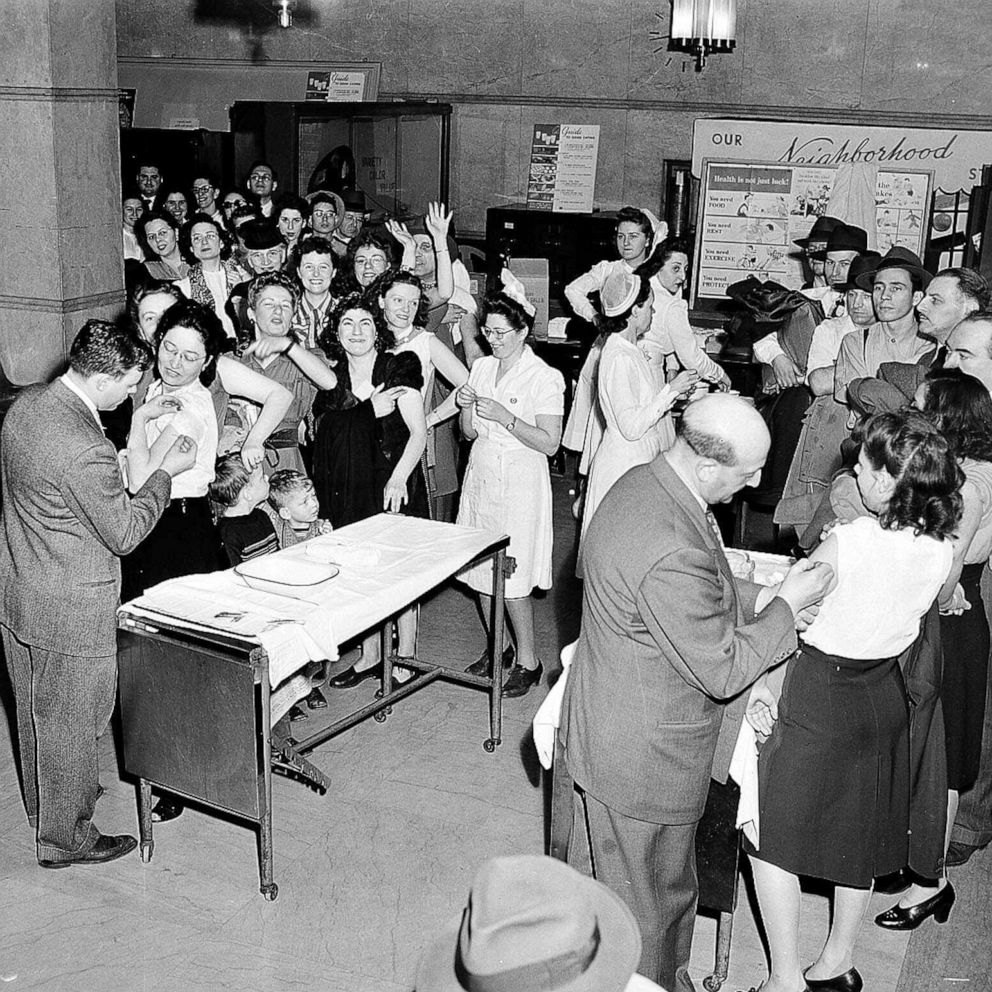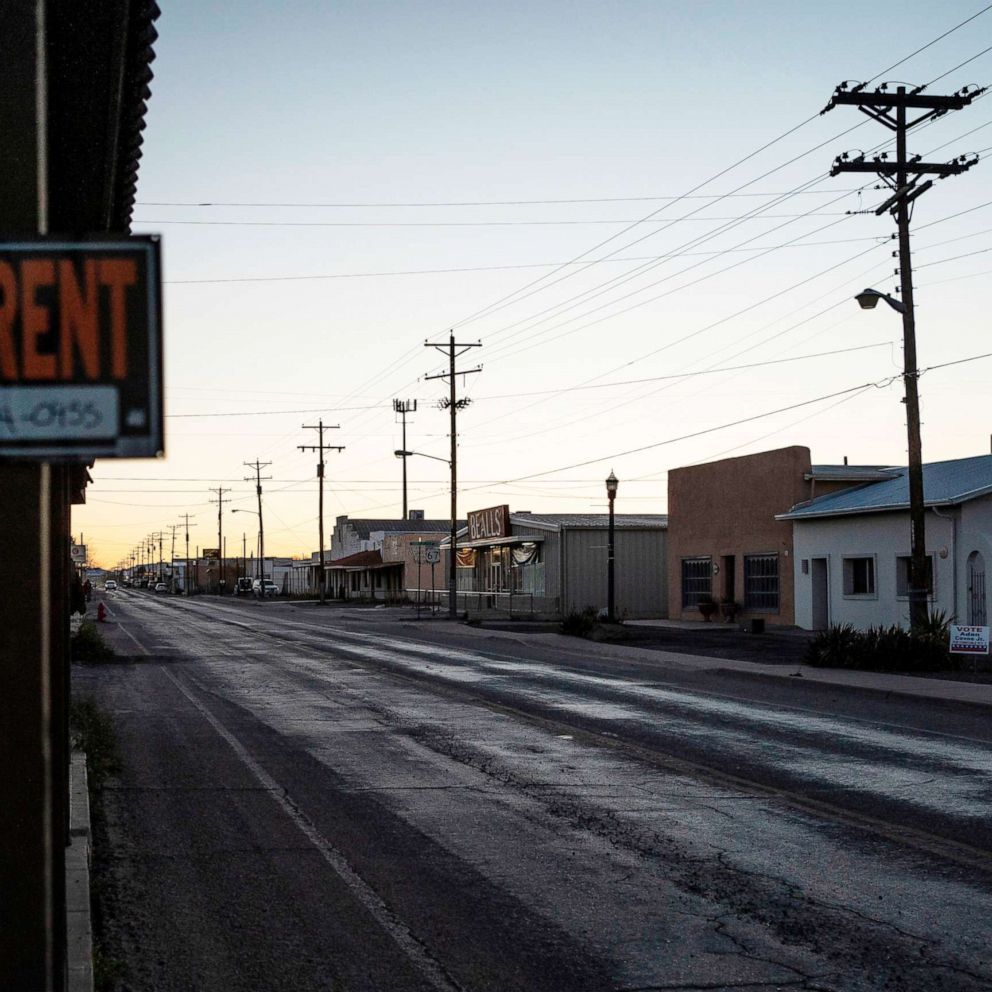COVID long-haulers speak about living with brain fog, rancid smells and crushing fatigue
Long-haulers describe feeling lost, hopeful and irrevocably changed

For 19-year-old Danielle Jordan, everything tasted terrible.
Retired sales executive Donn Seidholz couldn't stay focused enough to finish a hand of cards.
And Heather-Elizabeth Brown, a 36-year-old ordained minister, couldn't do her own laundry without help.
For millions of people, surviving COVID-19 has been the starting point of a longer journey -- one that is poorly understood and increasingly consequential as the U.S. and the world grapple with the pandemic.
Rather than returning to good health as many do, an estimated 10% to 30% have enduring symptoms even after their infection has cleared.
"If even a small proportion of the vast numbers of people infected with COVID-19 develop Long COVID syndrome, it represents a significant public health concern," Dr. Francis Collins, director of the National Institutes of Health, wrote in January.
What we know about and don't about long COVID
Long COVID's litany of symptoms range from fatigue and "brain fog" to sleep disorders, fever, gastrointestinal issues, anxiety, depression, and countless others. There's no official definition, but having persistent symptoms 28 days after being infected is the framework most researchers are operating under.
Many so-called "long-haulers" had mild initial infections that never required hospitalization, but their problems lingered. In the largest global study of emerging symptoms, which included survey results from more than 3,700 self-described long-haulers in 56 countries, more than half couldn't work full time because of prolonged COVID-19 symptoms.
In February, the NIH announced a four-year, $1.15 billion dollar initiative to study what causes long COVID, but even before the initiative was put forth, clinics were springing up around the country to research and treat the growing number of long-haul patients. Health experts, including Dr. Anthony Fauci, have also drawn connections between long COVID and myalgic encephalomyelitis, also known as chronic fatigue syndrome, which is characterized by symptoms like fatigue and brain fog and can be triggered by infectious diseases like mononucleosis, Lyme disease and severe acute respiratory syndrome, or SARS.
Dr. Sara Martin is working to get one such initiative off the ground. The Adult Post-Acute COVID clinic at Vanderbilt University, which launched this week, brings together specialists from internal medicine, infectious disease, pulmonology, cardiology, ophthalmology, psychology, physical medicine, ear, nose and throat, speech pathology and neurology.
"We're trying to cover any potential issues patients might have," Martin said. "Every day it seems like there are new conditions or symptoms that are being reported." The clinic hasn't done any advertising yet, but they're already fielding phone calls from potential patients. Anyone who is experiencing persistent symptoms four weeks after being diagnosed is eligible. "We know that there's an interest and a need in the community," Martin added.
Long-haulers treatments can include physical therapy and speech therapy, breathing exercises and work with specialists, including mental health providers. Some long-haulers have reported feeling relief from symptoms after receiving the COVID-19 vaccine, although more research is needed to determine whether that improvement is a placebo effect.
Martin also spoke to the sense of uncertainty that the first cohort of patients with long COVID feels. In addition to not knowing what to expect, suffering from a chronic and invisible illness can be frustrating or downright frightening.
"The truth is we just don't know a lot," Martin said. "It's important for them to know that we believe them. We think these symptoms are real and we're doing everything we can to better understand why these symptoms are happening."
For a window into what living with long COVID is like, ABC News spoke with three long-haulers about their symptoms, their struggles and what comes next.
Danielle Jordan, age 19, Miami
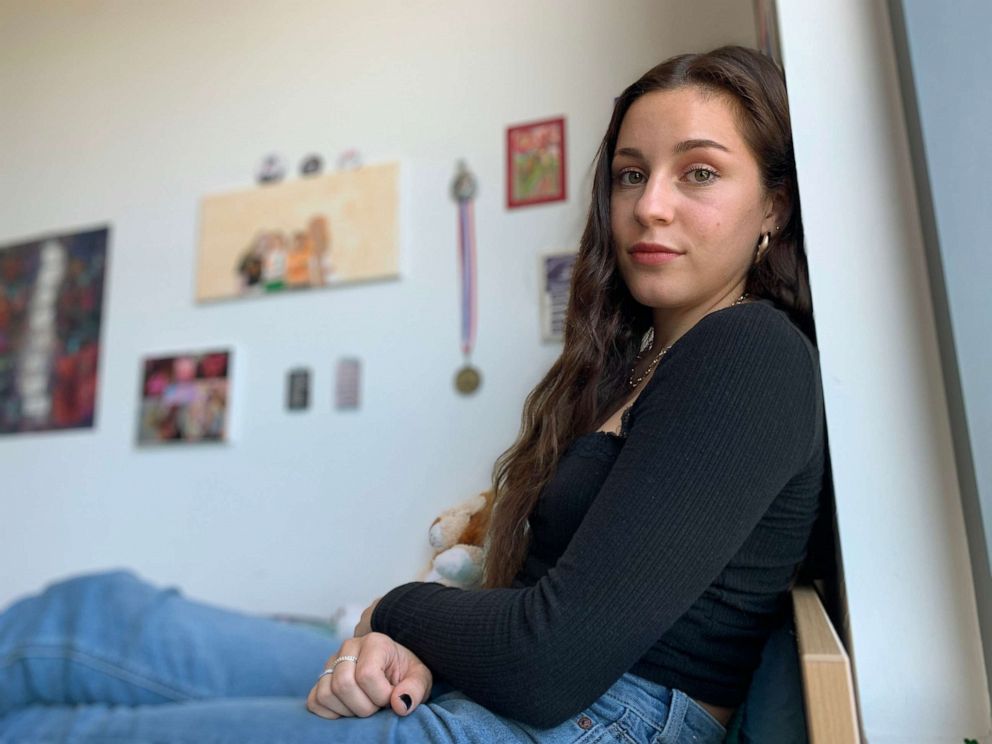
It started with a pounding headache.
Jordan was among the first students at the University of Miami to test positive for COVID-19 this summer, and after isolating at a family friend's empty apartment for 10 days with minor symptoms, she thought she'd put the experience behind her.
Instead, "my symptoms gradually got worse," she said.
She started each day by eating peanut butter to test that she could still taste and smell the potent spread. "One morning, I couldn't anymore," Jordan said.
Then came shortness of breath and chest tightness that persisted beyond when her initial symptoms faded. Doctors gave her chest X-rays that came back clear and suggested she might have anxiety.
"I know what anxiety feels like," Jordan said. "It wasn't that."
She went through rounds of medical tests and screenings and was eventually prescribed an inhaler, which she had never needed previously. Seven months later, her chest is feeling better, but it still tightens up and makes a popping sound when she stretches.
"It feels like when your back needs to crack, but in the front," Jordan said. "That happens a few times every single day."
Around Thanksgiving, three months after she'd gotten sick, Jordan's sense of smell and taste started to return. But something was different. Her senses were distorted, a condition known as parosmia, when a person's perception of odors changes and "something that normally smells pleasant now smells foul," according to the NIH.
Coffee, cigarettes and French fries all smelled the same. And they all smelled bad. It wasn't an odor she could identify, but it was overwhelming. Fruit suddenly smelled nauseatingly sweet to her.

She's tried to cope by eating plain foods like pasta, or a few scoops of yogurt and granola, but despite her best efforts, she lost weight. Once she fainted in the waiting room of her doctor's office because it hadn't occurred to her to eat that day. "That was not on purpose," Jordan said. "I forget to eat and then my body suffers the consequences."
Jordan's mother, Renée, had used the word long-hauler early on, but it took Jordan longer to think of herself that way. Before she'd gotten sick she'd been fit and strong. She ate well and often went running. She didn't have any pre-existing conditions. Her classmates who tested positive quickly recovered or never had symptoms at all.
"Why wasn’t I getting better when everybody else seemed to be?" Jordan asked.

Thirty days went by and she still had symptoms. Then 60 days passed. When she hit the 60-day mark, she relented. "OK, I'm officially a long-hauler," she told herself.
It's scary to be in the first group of people experiencing persistent symptoms, but Jordan is trying to stay positive. Her symptoms have lessened over time and she hasn't given up on her sense of taste and smell returning to normal. She's seeing a doctor who has her smell essential oils like lavender and eucalyptus for 20 seconds each morning and night, in an effort to wake her senses back up. She's skeptical, she said, but she also has nothing to lose.
"I'm hopeful," she added.
Donn Seidholz, 67, Omaha, Nebraska

For Seidholz, the clue was a bad day at the gym.
Seidholz, age 67, played professional baseball in his youth and still works out diligently, lifting weights and doing cardio most days. Usually he can lift 100 pounds, but on the day in August when he first sensed he might be sick, he could only eke out 75.
His diagnostic test came back positive and Seidholz spent three weeks in the basement, severely fatigued, with intermittent chills and headaches. He lost his sense of taste and smell.
"I was so tired that I couldn’t really tell if I had brain fog," Seidholz said. After his initial illness subsided, he'd lost weight and felt run down, but chalked it up to the post-infection malaise he'd felt in the past after having the flu. "I'll be back to normal within a month max," he told himself. "That clearly hasn't been the case," he added.
Instead, he said brain fog and fatigue have dogged him for seven months.
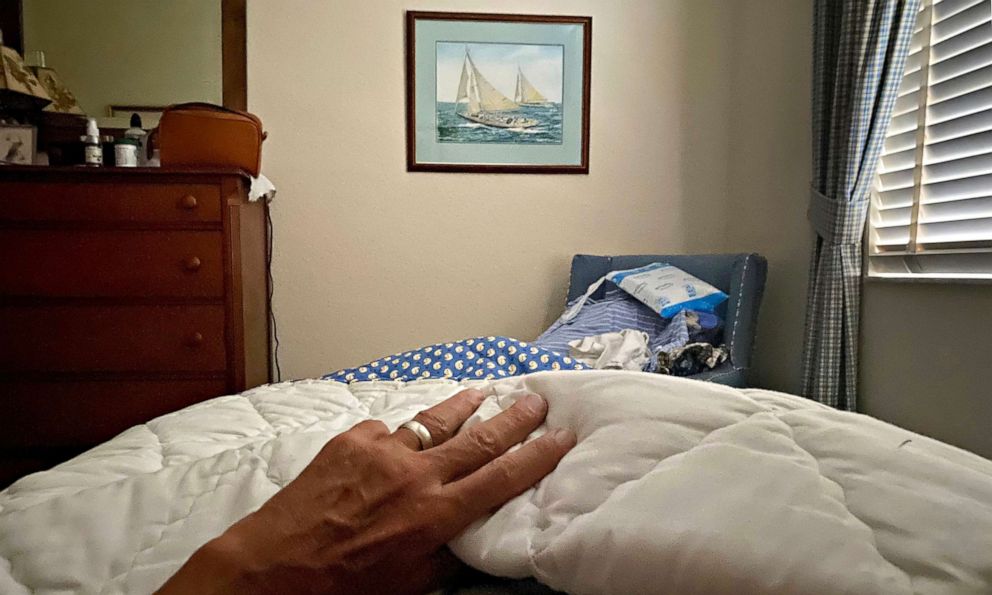
"Last night we were playing cards and I lost track of what we were doing in the middle of a hand," he said. As a retired sales executive who kept track of business dealings in his head, losing his train of thought is troubling, Seidholz said. "All of the sudden, you're just lost."
Seidholz said he's used to being on the go, which makes the unpredictable nature of fatigue especially trying. Exerting himself one day can leave him completely exhausted the next and it takes him about twice as long as it used to to complete his normal workout. Other times, he'll work out and anticipate feeling run down, only to feel fine.
"I definitely have good days and bad days, but the fatigue and brain fog are always there," he said.
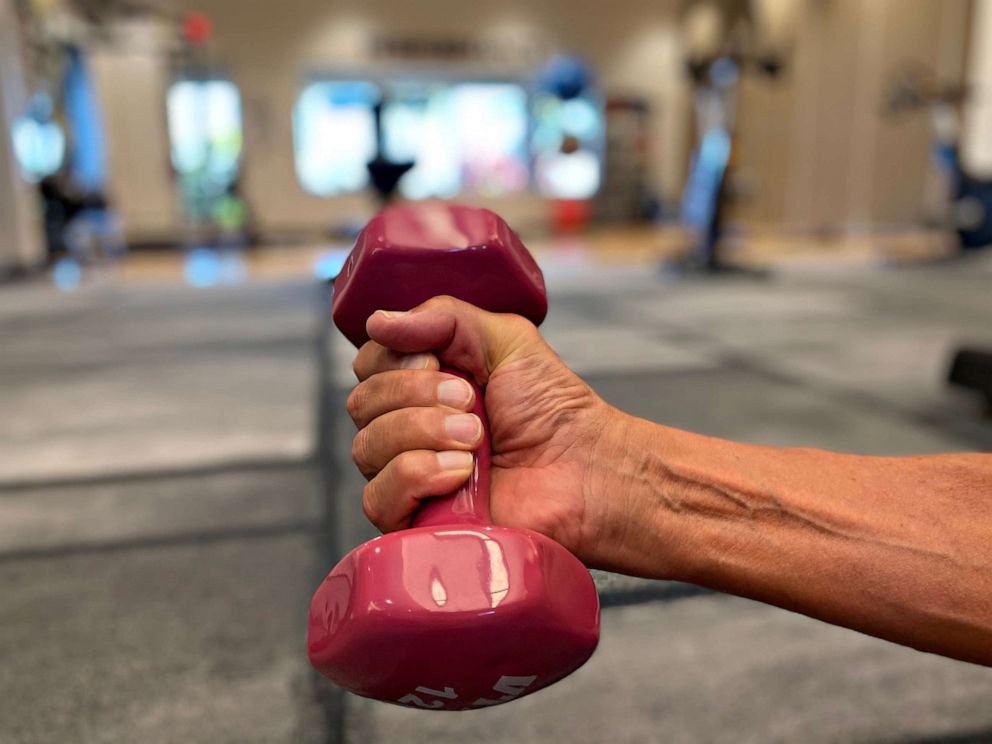
Seidholz, who had neuropathy, a nerve condition, prior to getting COVID, underwent a battery of tests this fall and doctors couldn't detect any irregularities. The standard response he received when he asked doctors about treatments was that his symptoms would get better with time. "Evidently a lot of people are being told that they're hypochondriacs," he said. "I'm here to tell you it's real." The studies and clinics that have launched call attention to long-haulers' plight, but it will take time before they yield results and long-haulers like Seidholz have any real answers.
"We don't have any history," Seidholz lamented. "We don't really know anything." On one hand he feels sorry for doctors, who have a limited ability to help patients recover from a disease they don't yet understand. On the other, he's fed up.
"Somebody come up with a solution or treatment or whatever so I can get back to my normal life," he said.
Heather-Elizabeth Brown, 36, Detroit
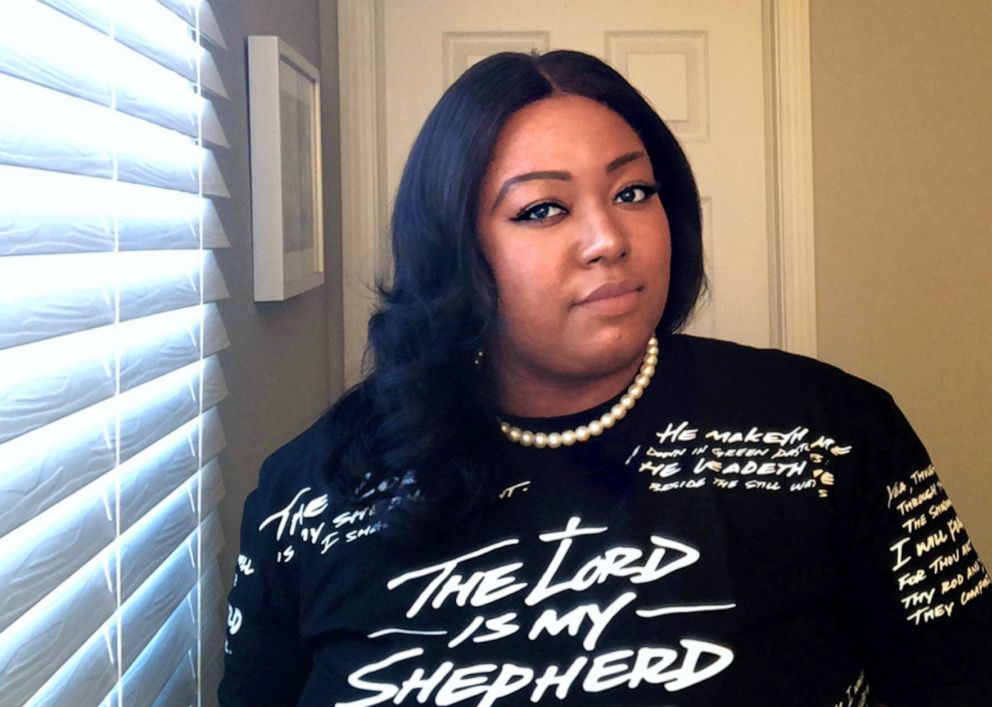
"My life is irrevocably changed," said Brown, who was just 35 when a severe case of COVID-19 landed her in the hospital last April.
Brown was healthy and independent prior to getting sick, and constantly on the go, kept busy by community outreach she did as a minister and her new job as a corporate trainer.
Forty-eight hours after being admitted to the hospital, all that changed. In order to save her life, doctors told Brown they'd have to put her into a medically induced coma. "I was on a ventilator for 31 days," Brown recalled.
Her recovery was brutal and slow after returning home. At first, Brown couldn't walk or use the left side of her body. Her days were filled with intensive therapy and adjustments: new medications, new doctors and new limitations.
Even with all of those challenges, it didn't occur to Brown that she might be a long-hauler. "I can do this, I can bounce back," she told herself after being released from the hospital. "I truly believe in resilience and grit." Two months passed, then three, and Brown was still exhausted, in pain and having trouble catching her breath. She felt foggy and her short-term memory was shot. Reality set in. "OK, this is going to be a long-term thing that I'm dealing with," she realized.
Sometimes she says she's on an upward trajectory, where she feels better for days or even weeks at a time. She recently hit a huge milestone by returning to remote work for the first time since April. Little acts of self-care, try a new make-up product or watching a TV show she enjoys keep her going and help remind her of life prior to COVID, she said.
But she's also had setbacks. Around Thanksgiving, Brown was diagnosed with diabetes, which she believes was triggered by COVID, and re-hospitalized. Some days, getting up and making breakfast or taking a shower feels impossible. It's difficult to get through the whole day without a nap and she relies on a home health aid to help with laundry and taking out the trash. "I'm just getting to the point where I don’t get fully winded coming up a flight of stairs in my apartment," she said.

Brown once prided herself on having a phenomenal memory, but now posts colored sticky notes everywhere to jog her short-term memory. "Today I have ABC News and your name, just in case I forget that while I'm having this conversation," she said.
Over the past year, Brown has undergone extensive therapies, including pulmonary rehabilitation to increase her lung capacity and speech therapy to help restore her speaking and singing ability. She was on blood thinners for eight months after developing a blood clot and has seen an optometrist every few weeks when her vision started rapidly changing this fall. She's tried alternative treatments like massage and acupuncture. After being diagnosed with post-traumatic stress disorder and anxiety, counseling has helped Brown process both her experience being in a medical coma and long COVID.
Although her team of doctors and specialists have been instrumental to her recovery thus far, the uncertainty of living life as a long-hauler looms large.
"It's coming up on a year," Brown said. "They can't tell me if this is going to be something that I'm going to be dealing with for another year or another five years. They can't tell me if this is going to be something that I'm going to be dealing with 20 years from now."
